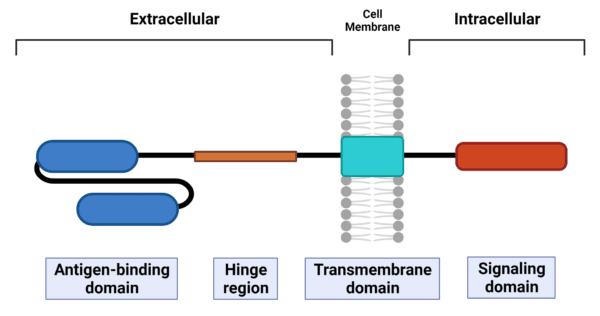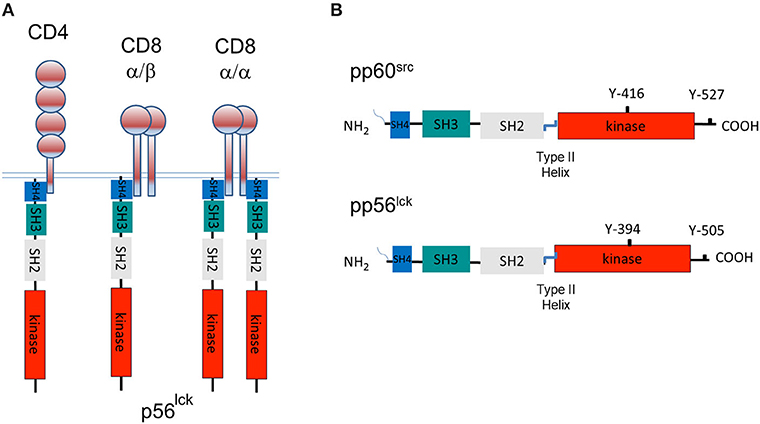
Jordan Gauthier on Twitter: "@AaronGoodman33 Nice one! Beside the costimulatory domains, there are also important differences in the hinge and transmembrane domains across products 👇 https://t.co/zieKb5RAoS" / Twitter

Chimeric antigen receptor signaling: Functional consequences and design implications | Science Advances
Hinge and Transmembrane Domains of Chimeric Antigen Receptor Regulate Receptor Expression and Signaling Threshold

The CD8α hinge is intrinsically disordered with a dynamic exchange that includes proline cis-trans isomerization - ScienceDirect

Two Families of Hinges IgG-based hinges, derived from IgG1, IgG2, or... | Download Scientific Diagram
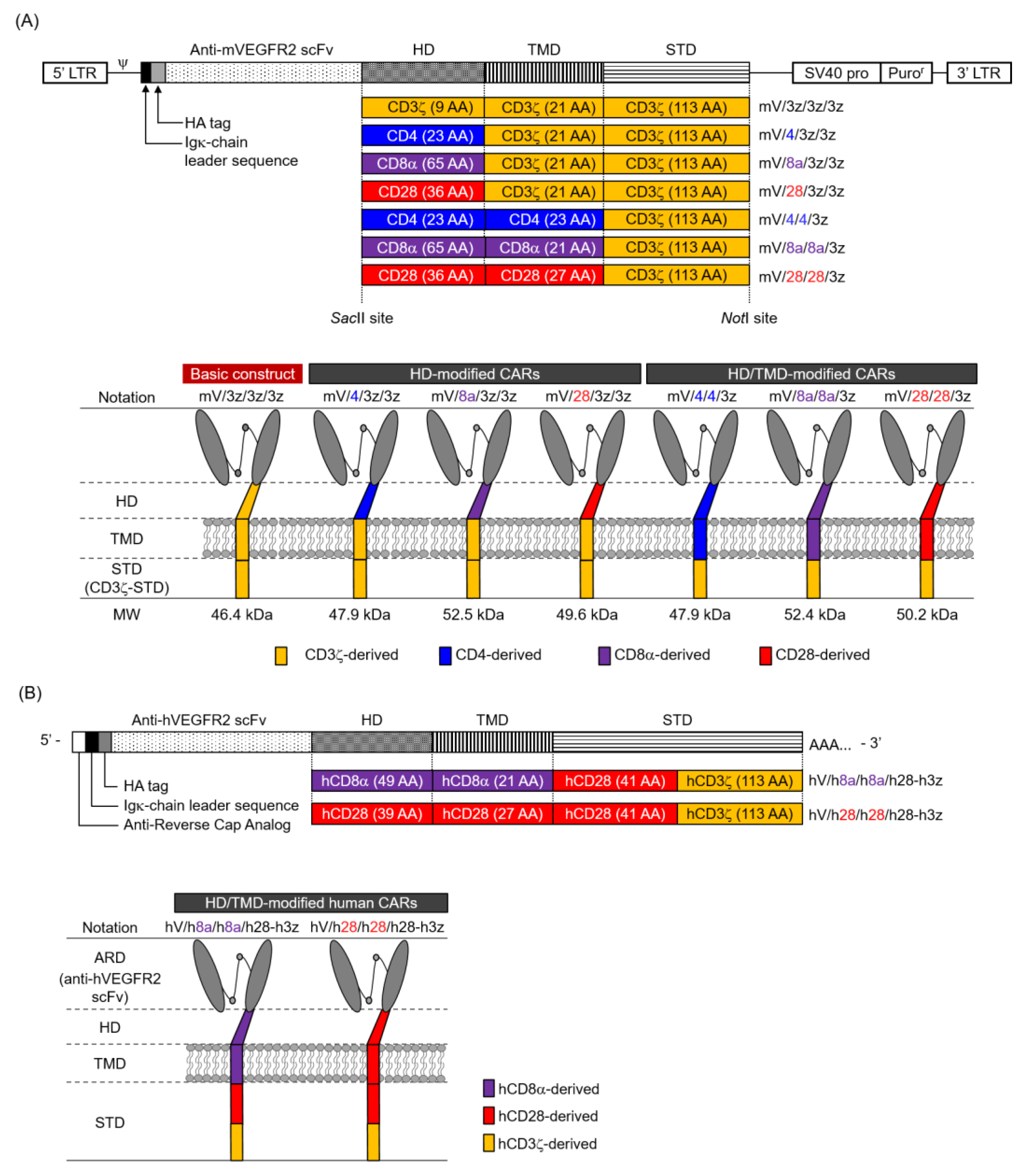
Cells | Free Full-Text | Hinge and Transmembrane Domains of Chimeric Antigen Receptor Regulate Receptor Expression and Signaling Threshold

JCI Insight - Sensitive and adaptable pharmacological control of CAR T cells through extracellular receptor dimerization

Antigenic Sensitivity of Membrane-Proximal Targeting Chimeric Antigen Receptors can be Fine-Tuned through Hinge Truncation | bioRxiv
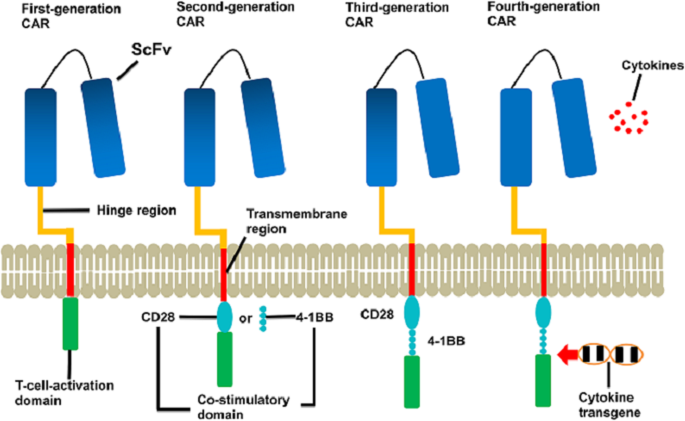
Advances in chimeric antigen receptor T-cell therapy for B-cell non-Hodgkin lymphoma | Biomarker Research | Full Text

T cell receptor, CD8 co-receptor and MHC class I molecule. The T cell... | Download Scientific Diagram
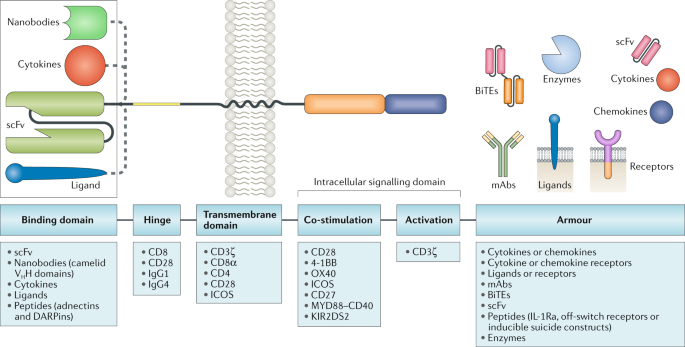
Engineering strategies to overcome the current roadblocks in CAR T cell therapy | Nature Reviews Clinical Oncology

The CD8α hinge is intrinsically disordered with a dynamic exchange that includes proline cis-trans isomerization - ScienceDirect

Construction and Molecular Characterization of Human Chimeric T-Cell Antigen Receptors Specific for Carcinoembryonic Antigen | Anticancer Research
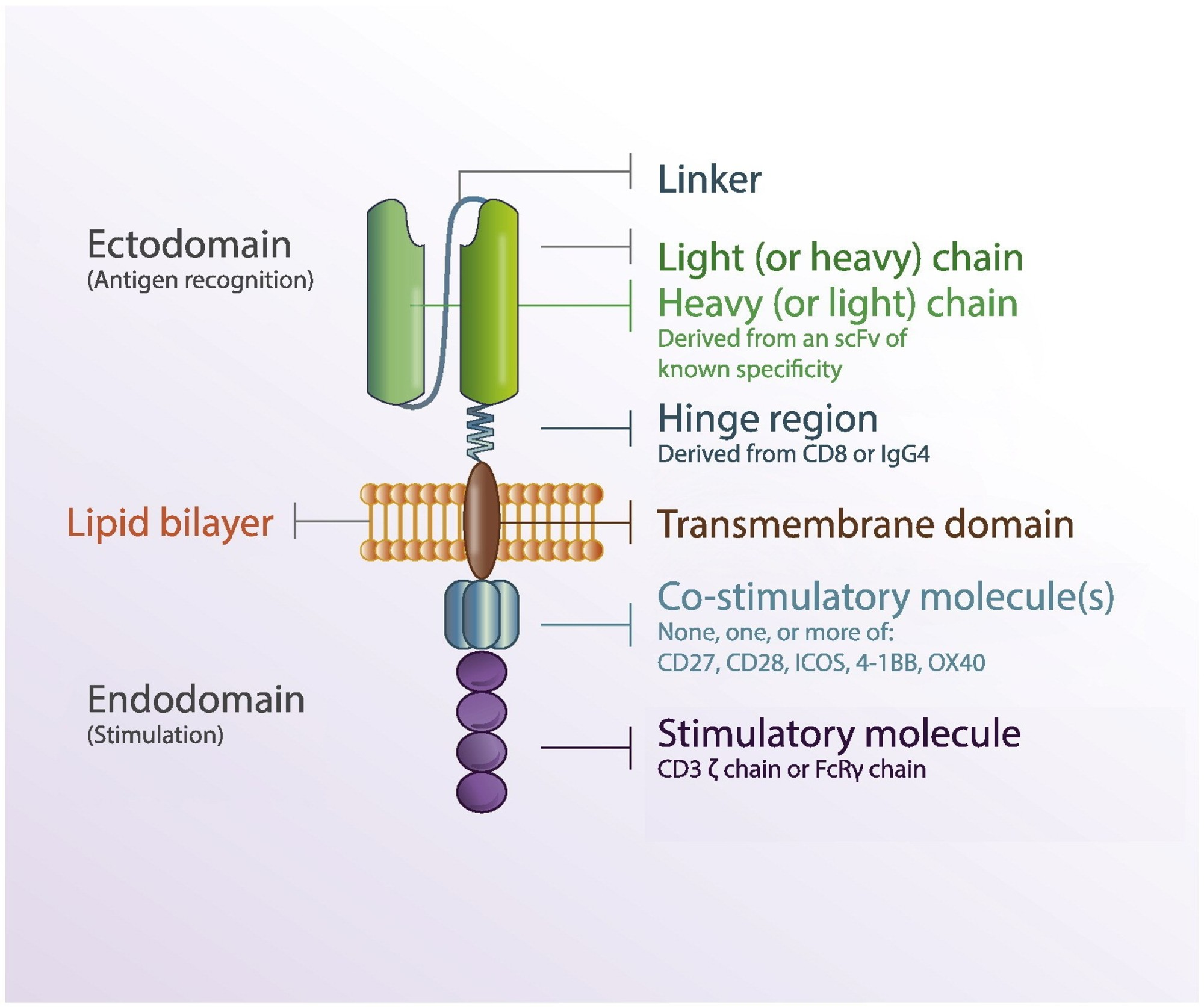
Cureus | Chimeric Antigen Receptor T-Cell Therapy: A Beacon of Hope in the Fight Against Cancer | Article

CAR models: next-generation CAR modifications for enhanced T-cell function: Molecular Therapy - Oncolytics
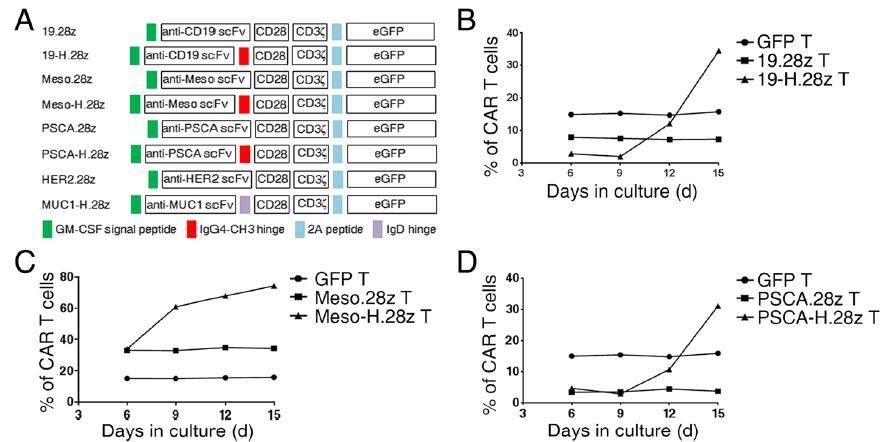
What Is the Important Role of the Transmembrane Spacer Domain in CAR Design? – Creative Biolabs CAR-T Blog
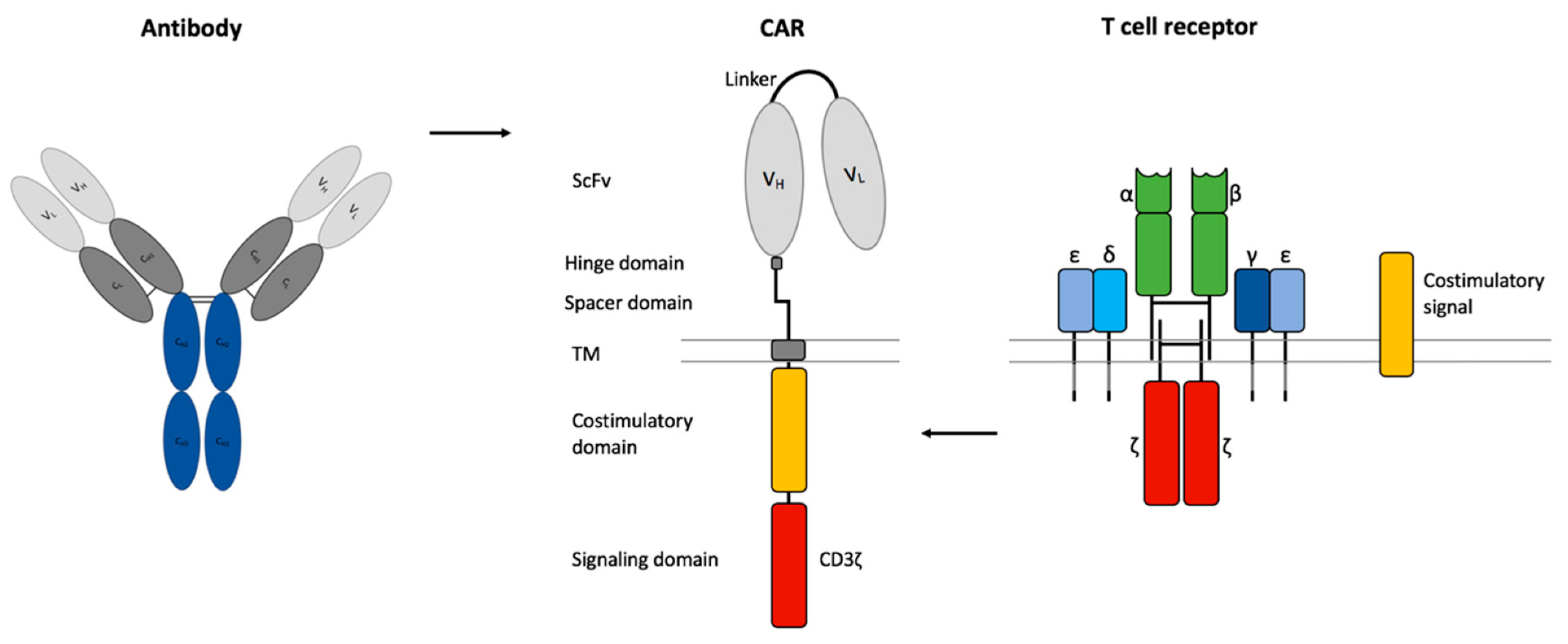
IJMS | Free Full-Text | Optimizing Manufacturing Protocols of Chimeric Antigen Receptor T Cells for Improved Anticancer Immunotherapy







